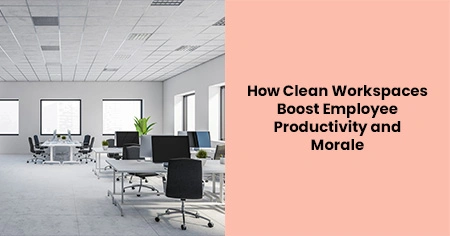The Link Between Cleanliness and Productivity
When employees walk into a tidy, organized office, it sets the tone for the day and reduces distractions. Cluttered or dirty spaces can contribute to stress and reduce focus, while a clean environment promotes mental clarity and efficiency. Studies have shown that workers in cleaner environments tend to have better concentration and can complete tasks more effectively. This is because mess and disorder can create subtle psychological stress that drains energy and interrupts workflow.
As your business grows, managing incoming calls efficiently becomes crucial to maintaining Moreover, cleanliness has a direct impact on physical health, which in turn affects productivity. Workspaces that are regularly sanitized reduce the spread of germs and illnesses, leading to fewer sick days and a healthier workforce. Employees who feel confident about their environment’s hygiene are less likely to worry about getting sick, allowing them to dedicate more attention to their responsibilities. This healthier, less distracted workforce is naturally more productive.
Beyond physical health, cleanliness supports cognitive function. A well-maintained office reduces sensory overload, making it easier for employees to absorb information and think creatively. When workers are not subconsciously distracted by unpleasant sights or smells, they can focus more effectively on problem-solving and collaboration, resulting in higher-quality output and innovation.
Morale and Workplace Satisfaction
Employee morale is deeply connected to the work environment. A clean office conveys that the company values its employees and their well-being. When employees see that their workspace is cared for, it fosters a sense of respect and pride in their job. This emotional connection to the environment can boost motivation and engagement.
Conversely, a neglected workspace can erode morale quickly. If workers feel they are operating in an unkempt or unhygienic environment, they may question the company’s commitment to their welfare. This can lead to decreased job satisfaction and even increased turnover rates. Maintaining a clean office environment is, therefore, an essential part of employee retention strategies.
Cleanliness also influences social dynamics in the workplace. Shared spaces, such as kitchens, restrooms, and meeting rooms, that are kept clean encourage positive interactions and collaboration. Employees are more likely to use these spaces comfortably, which promotes team bonding and open communication, both key components of a healthy organizational culture.
Ultimately, clean and inviting workspaces promote mental well-being by reducing anxiety and fostering a calm atmosphere. Clutter and dirt can be overwhelming, leading to feelings of chaos and disorganization. A clean office helps employees feel more in control and less stressed, which translates to improved morale and overall happiness at work.
Partnering for Consistent Cleanliness
Maintaining a clean and productive workplace requires ongoing effort and expertise. Many businesses find that partnering with professional facility services, such as Summit Facility Services, ensures their workspace remains spotless and well-maintained without adding a burden to their internal teams. Experts in commercial cleaning and facility management understand the unique needs of various work environments and tailor their services accordingly.
Regular cleaning schedules, use of eco-friendly products, and attention to detail help create a workspace that employees can rely on. This consistency builds trust in the company’s dedication to maintaining a healthy and inspiring work environment. Outsourcing facility services also allows businesses to focus on their core operations while trusting that cleanliness is managed to the highest standards.
In today’s competitive business landscape, clean workspaces are no longer a luxury but a necessity. Companies that invest in facility services gain a significant edge by enhancing both employee productivity and morale, ultimately driving better business outcomes.








